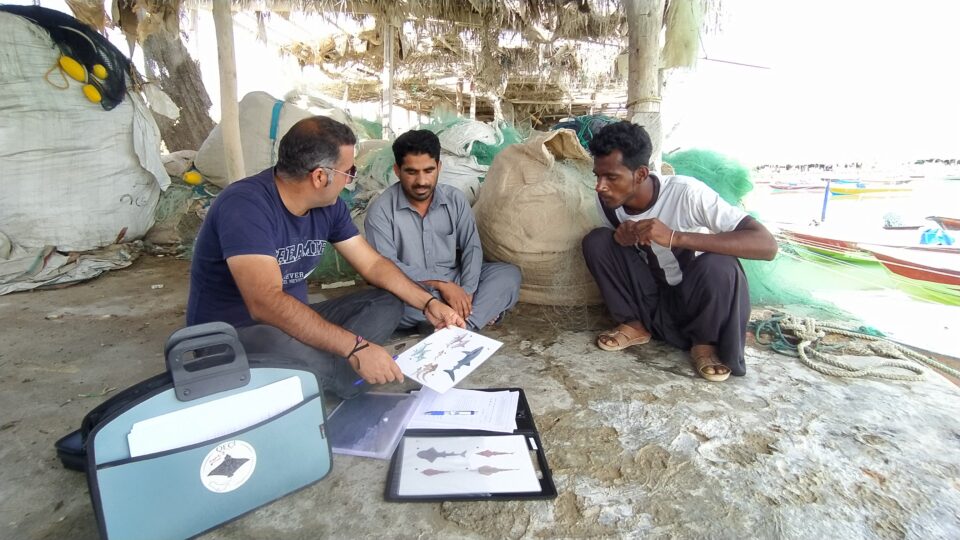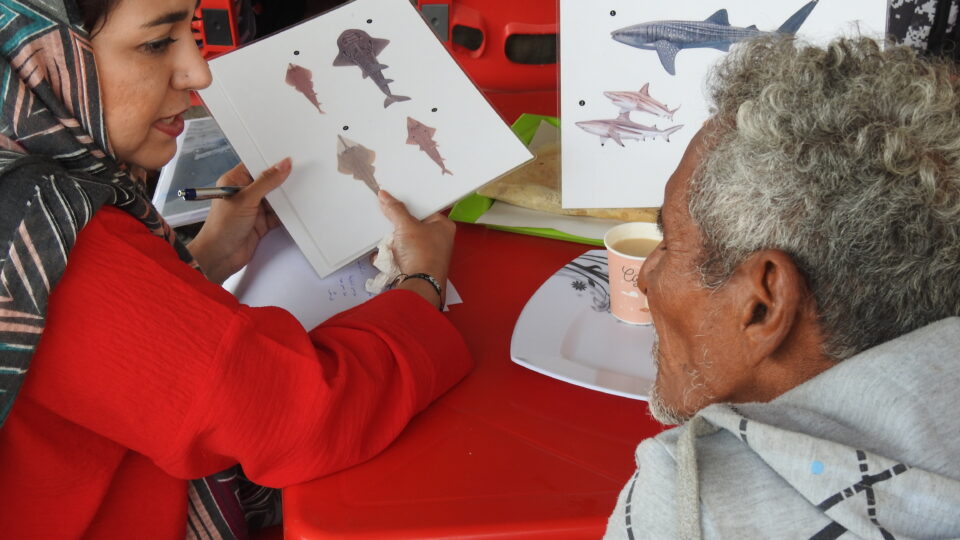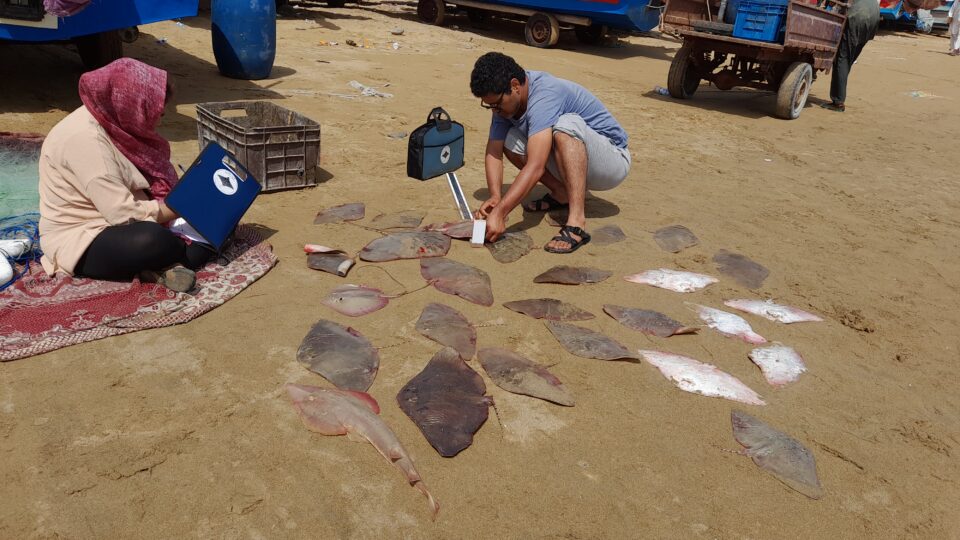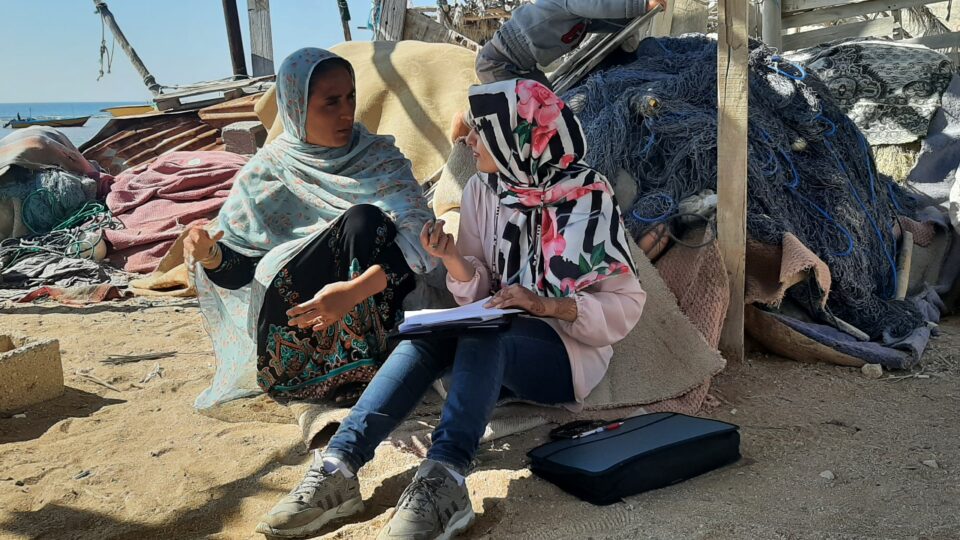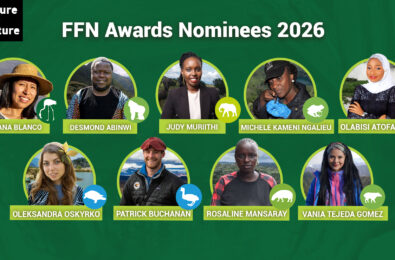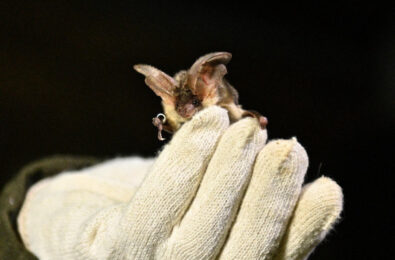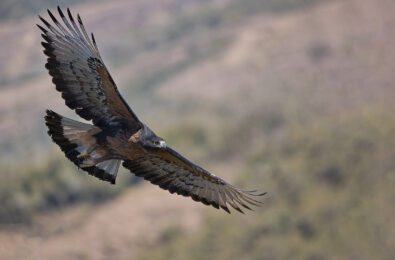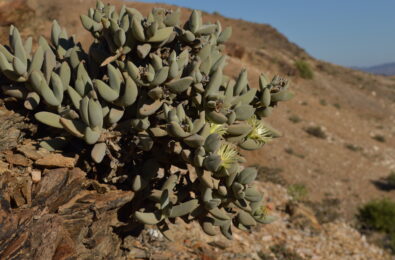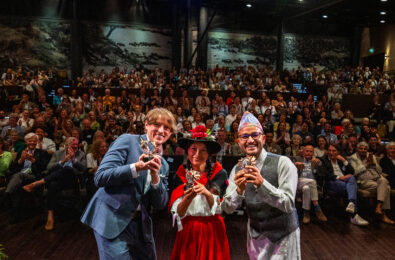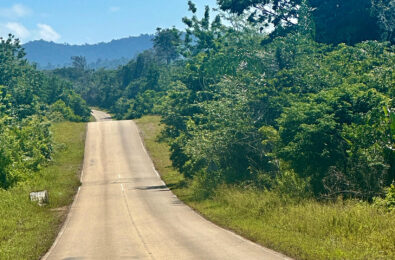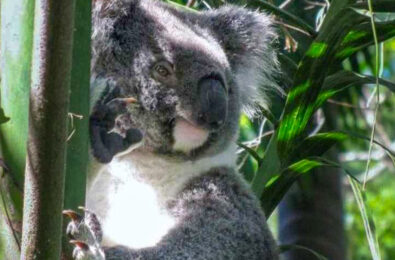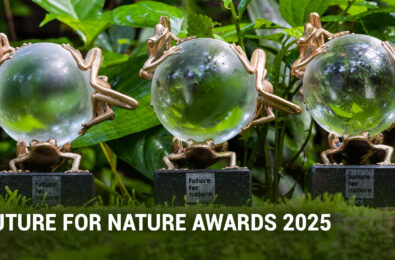8 Oceans of the Persian Gulf
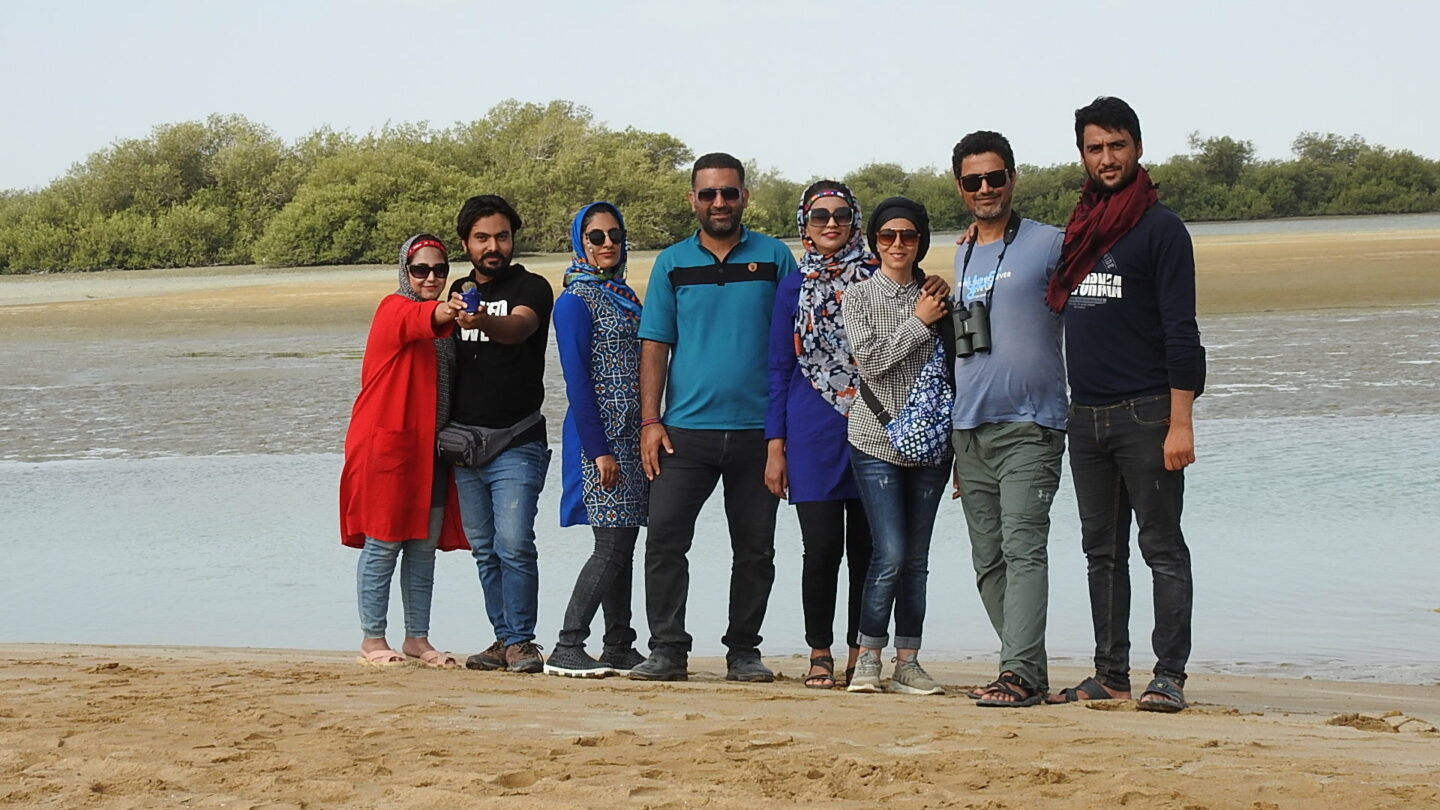
Armed only with writing materials, a camera, dissection kits, and some fish measuring boards, Mohsen Rezaie Atagholipour (FFN winner 2021) and his team of 7 researchers journeyed along the southern Iranian coast to study marine wildlife. They prove that you don’t need much to study wildlife and collect valuable information for conservation. These 8 young marine scientists, dubbed “8-Oceans” went on their impressive fieldtrip one year ago. Now, on the anniversary of that journey, you can read more about it here.
Iran’s marine wildlife
The Persian Gulf is home to a diverse range of marine wildlife, from beautiful corals to impressive whale sharks. Iran has two separate coastlines at its north and south. While the coastline of the southern Caspian Sea, the world’s largest lake, forms Hercanian ecosystem in northern Iran, the country meets the open sea along the southern coast, with a whooping shoreline of 1400 km, and 850 km along the Persian Gulf and the Gulf of Oman, respectively. However, Iran is rated as one of the top global shark and ray fishing nations. On average Iran catches over 18 thousand tonnes of chondrichthyan species (aka cartilaginous fishes, including sharks, rays, and chimeras) annually. This number could be even higher if the illegal catch is taken into account. At the moment, there is still limited knowledge about the species diversity and distribution, and the fisheries in Iranian waters. This information is crucial for the development of conservation management plans to conserve sharks and rays, and Mohsen and his team work hard to fill this knowledge gap.
Straight to the source
Instead of reinventing the wheel and trying to study all the different marine biodiversity in the Persian Gulf themselves, Mohsen and his team went straight to the source, the fishermen. Fishermen go out to sea almost daily and often come from long lineages of fishers, meaning they will have a vast amount of knowledge of what is, and was, living in the Persian Gulf. The Iranian fishermen are luckily very open and will generously share their knowledge with those who ask.
“I realized how essential it is to document the history of sharks and rays in the oceans. […] If people can imagine how our oceans were glorious with sharks before, they will care more about these mysterious predators. Nonetheless, this history is still extensively undocumented and is just inside the minds of old fishers. Before it is gone, we should ask them to tell us.” – Mohsen Rezaie Atagholipour
Old and new knowledge
Mohsen assembled a diverse team of scientists, with both experienced marine biologists and dedicated biology students. This strong group of 8 scientists dedicated to protecting the ocean was named “8-Oceans”, as Mohsen believes each of them has the power of an ocean and shouldn’t underestimate themselves. Together with social scientists, they developed questionnaires to successfully gather the fishermen’s current and historical marine biodiversity knowledge. In only a month, the team visited over 45 coastal towns, villages, and islands along the southern Iranian coast. They interviewed more than 700 fishermen about sharks, guitarfishes, wedgefishes, rays, marine turtles, and cetaceans.
While most questions focused on the fishermen’s observations, a few questions about their perceptions of rays and sharks were included. For example, fishermen were asked if they thought sharks will always be in Iranian waters, or if the presence of sharks is important. A third of the interviewees said that with the current overfishing, sharks will disappear but they were more optimistic about guitar- and wedgefishes. Most of them believed having these species around is very important and that sharks and rays should be protected.
This study is a first for Iran. The knowledge about the species diversity, distribution, and history will help finally set up a baseline for Iran’s marine wildlife and help set up future conservation action plans. Many fishermen would like to be included if any government initiatives are set up to protect the threatened marine biodiversity. The 8-Oceans will now continue to analyse, interpret and publish the data, a great step towards a safe future for the Persian Gulf
Photo credits Mohammad Mohammadipour


